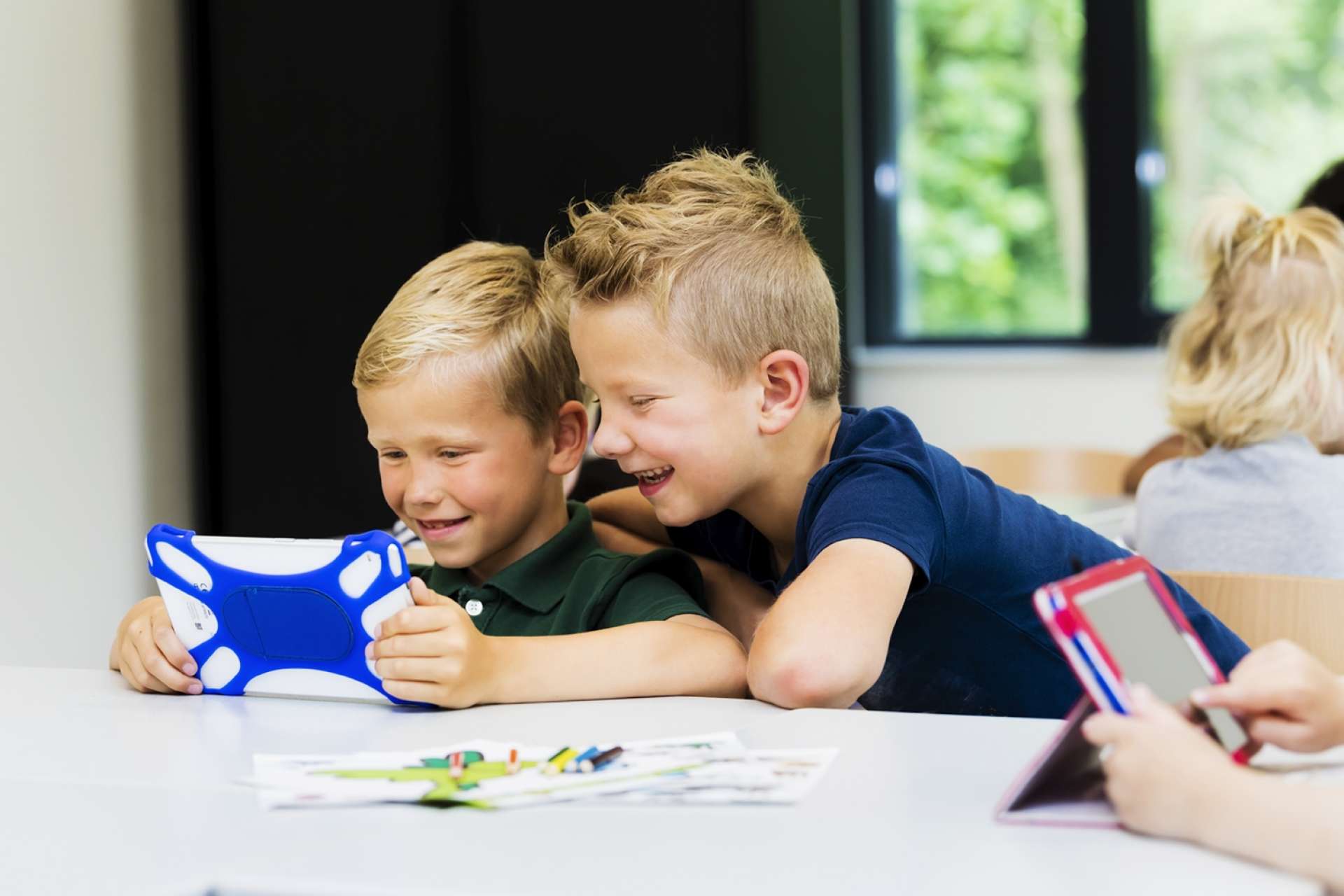Education has outgrown the traditional classroom. And we have seen that the digital transformation in education offers lots of opportunities for the future. Nowadays, information is available at the click of a button. Where your pupils once had to go on a real treasure hunt, today's kids can find the answer instantly. And all that without a treasure map. But still, there are a few barriers to overcome when talking about the digital transformation of education.
The key challenges in the education sector
According to professor of educational sociology Prof. Marc Vermeulen, the digitalisation of education is progressing at a slow pace. Too slow, as far as he is concerned. Regarding technology, we are now so far advanced that we could replace teachers with holograms. Imagine that! But the reality is still far away from this. The education sector is still searching for a way to give shape to digitalisation.
"All this digitisation is here to stay, and the technologies we’re using will continue to get better over time. We’re just at the start of how software will enable innovation. The more we use digital tools, the more feedback we get about how to make them better... It’ll take at least a decade to understand the full scope of the pandemic’s impact on digitisation, but I predict one of the biggest will be on education."
We have listed the current challenges in education just for you:
1. Schools are (often) not ready yet
More and more schools are aspiring to use digital tools. Teachers can use these digital tools to make education more attractive. And to better connect education and the lessons to their pupils' talents and learning needs.
All well and good, of course. But it looks like schools are not very far along yet. Educational institutions often lack the right digital conditions, such as adequately secured networks, in terms of security along with privacy. And that's not good. A safe digital learning environment is crucial!
They also often have more than one infrastructure. And that isn't incredibly useful when you want all the applications to connect to each other correctly.
2. Lack of digital skills
The ambition to use digital tools is clearly there. Both pupils and teachers must have the right tools and skills. In particular in this rapidly changing world. But the majority of them do not have the proper (digital) materials and tools. They have outdated devices, hard- and software. You know, those big old computers. And, too often, it's believed that they will automatically get to work with digital tools. While a brief introduction is simply not enough.
In addition, research has shown that digital literacy, both among pupils and teachers, is not up to scratch. According to a study from Eurostat, more than 30% of youths in Europe have not even mastered digital skills at a basic level. These skills are indispensable in a digital world! Digital literacy plays a crucial role in increasing cyber security, for example.
3. Money
The use and supply of devices and digital teaching materials increased. But then, the price tag came lurking around the corner. Oh, that certainly gave us a bit of a shock.
Because of the digitalisation of education, schools are facing increasing costs. The quality of teaching materials is key, but high expenses are becoming sticking points in the selection process more and more.
The use of devices is also increased. And these did not come free of charge but also with a hefty price tag.
We are going digital today
Educational institutions are still running up against several challenges. As a result, they are still somewhat reluctant to digitise education. The world is becoming permeated by technology. Life is taking place online more and more. We are in the middle of the digital age. But rest assured, we will make sure you will not get lost.
Digital education offers a lot of opportunities. And more importantly, it is the way to make sure your pupils are prepared for the future. With a well-stocked digital backpack, of course. Because we do not carry books around anymore.
In the following whitepaper, we embark on a journey of discovery through virtual classrooms, blended learning and hybrid learning environments.
